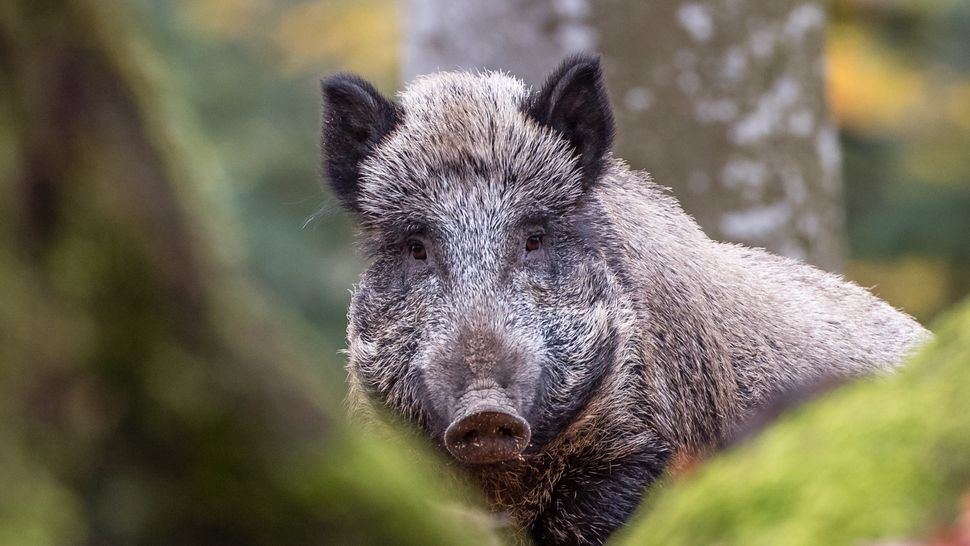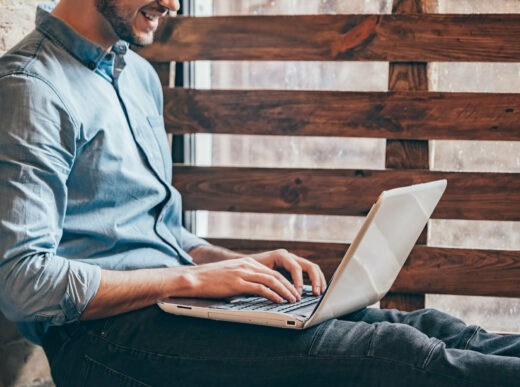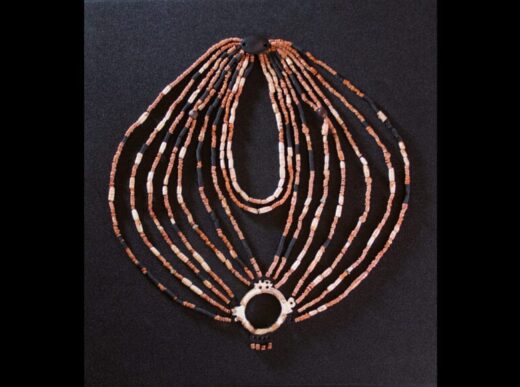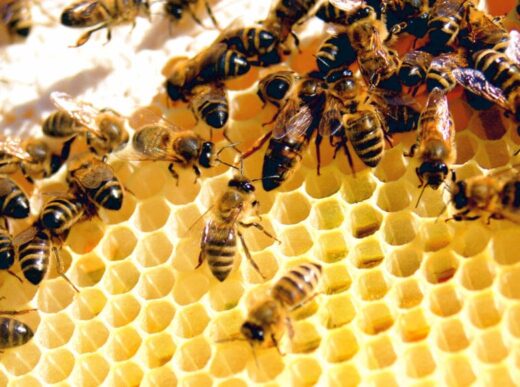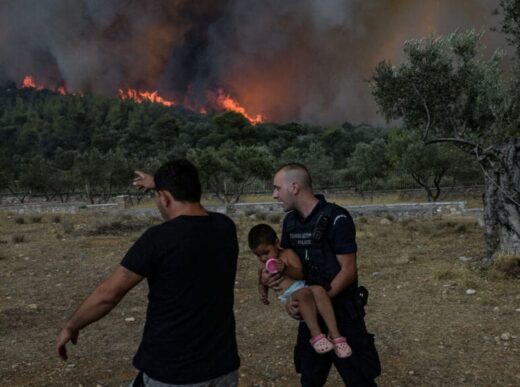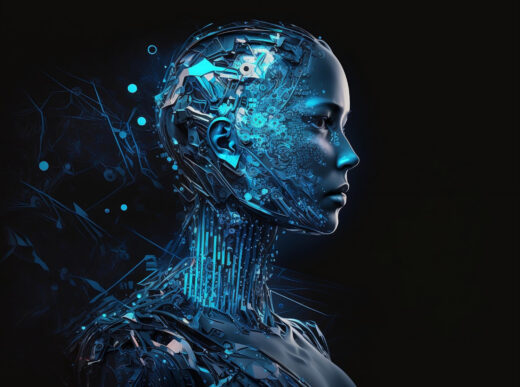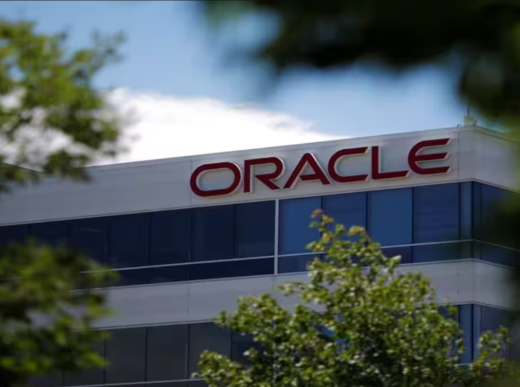For years, scientists grappled with an enigma: why were Bavarian wild boars still radioactive while other species showed declining contamination levels? The prevailing belief attributed it solely to the Chernobyl disaster. However, new research has unearthed a startling revelation. The source of their radioactivity is not confined to Chernobyl, but encompasses the fallout from nuclear weapons tests conducted during the Cold War. This contamination manifests through a favored food source – truffles.
Chernobyl and Cold War Fallout: Lingering Impact
In 1986, the Chernobyl nuclear catastrophe blanketed Bavaria, Germany with radioactive fallout after a reactor mishap in Ukraine. While certain contaminants dissipate relatively quickly, others persist far longer. Cesium-137, linked to nuclear reactors, takes approximately 30 years to halve its levels (known as its half-life). In contrast, cesium-135, associated with nuclear weapon detonations, boasts a half-life of a staggering 2.3 million years.
The Wild Boar Paradox: Decoding the Conundrum
Bavarian boars have remained conspicuously radioactive since the Chernobyl incident, defying expectations of declining radioactivity attributed to cesium-137’s half-life. This anomaly, termed the “wild boar paradox,” defied explanation until now.
A Revelatory Study: Truffles, Radioactivity, and the Cold War
In a groundbreaking study published in Environmental Science and Technology on August 30, scientists unraveled the mystery. They discovered that both Chernobyl’s aftermath and nuclear weapons testing during the Cold War contributed to the wild boar paradox. Radioactive materials from these events infiltrated fungi, particularly deer truffles, consumed by the boars.
Distinct Isotopic Fingerprints: A Decisive Clue
Researchers scrutinized 48 boar meat samples from 11 Bavarian districts between 2019 and 2021. They employed the cesium-135 to cesium-137 ratio in the samples to identify the radiation source. Each source of radiation possesses a unique isotopic fingerprint, a distinguishing feature leveraged in analysis. A high cesium-135 to cesium-137 ratio signifies nuclear weapon detonations, while a low ratio suggests nuclear reactors.
Global Fallout: Echoes Across Time and Space
Comparing the isotopic fingerprints of boar meat with samples from Fukushima, Chernobyl, and historical human lung tissue from Austria, the study unveiled a pervasive legacy. Although no nuclear weapons were detonated in proximity to the study site, fallout from the tests dispersed globally through the atmosphere.
The Earth’s Subterranean Story: Truffles and Contamination
A staggering 88% of samples surpassed the German limit for radioactive cesium. Remarkably, between 10% and 68% of contamination stemmed from nuclear weapons testing. The toxins infiltrated the earth, permeating underground truffles, providing a compelling explanation for the wild boar paradox.
A Lingering Legacy: Implications for Ecology and Food Safety
Understanding the enduring ecological impact of radioactive contamination has been a paramount concern since the detonation of the first atomic bombs in 1945. This study underscores the enduring repercussions of strategic decisions made 60-80 years ago, influencing remote natural environments, wildlife, and even human food sources today.
